We help organizations thrive.
message us to get started with an executive search consultant!

Executive Mentoring
Diversity eMentoring
Click HereCommunity Impact
Community Impact
Click Here
Open Engagements
Open Engagements
Click Here
Recent News & Events
Recent News
Click HereOur Updates & Insights
01.
Introducing our Revolutionary E-Mentoring Program
Our e-Mentoring Platform seamlessly complements our diversity executive recruiting efforts. By providing a platform for experienced leaders to engage with young managers, we create a pipeline of talent that not only reflects the diversity of our community but also promotes a culture of inclusivity and growth. Through mentorship, mentees gain valuable insights and guidance, enabling them to develop the skills and confidence needed to advance in their careers. As mentees thrive, they become potential candidates for executive positions, contributing to the overall diversity and success of organizations.
02.
The Critical Steps That Enable A Smooth Executive Search
Are you looking for the best executive talent for your organization? Do you want to make your hiring process faster and more effective? If so, you need to work closely with your executive recruiter and help them find and attract the best candidates for your open positions. In this article, we will share some tips on how to help your recruiter hire faster and better, such as communicating your needs and expectations clearly, providing timely and constructive feedback, being flexible and open-minded, offering competitive and fair compensation, and streamlining your interview and decision process. By following these tips, you can secure the best talent for your organization and create a more diverse and innovative workplace.
03.
Why Employers Should Post Their Diversity Statements
Diversity and inclusion are critical components of today's workplace, and many companies are recognizing the benefits of a diverse workforce. One way employers can show their commitment to diversity and inclusion is by having a diversity statement on their website. This article explains various reasons why its important.
04.
Diversity Recruiters' Nicole Leckband Featured in SHRM Article
Managing Director, Nicole Ferrer said she's known candidates who eagerly took a DE&I job with the promise that they would help build change, but they found there wasn't a true commitment to the stated mission at the company and ended up leaving. "DE&I is not only under-resourced but also hidden within the layers of HR," she said. "I've also seen other organizations that are truly committed to creating diverse and inclusive workplaces, and their DE&I leaders report directly to the CEO."
05.
Why Executive Onboarding Is Critical
Executive onboarding is a critical process that is often overlooked or undervalued by organizations. It’s the process of integrating new executives into an organization to ensure they’re set up for success. The goal of executive onboarding is to provide new leaders with the information, resources, and support they need to quickly and effectively assimilate into their new role and make an impact on the organization.
Featured Placements

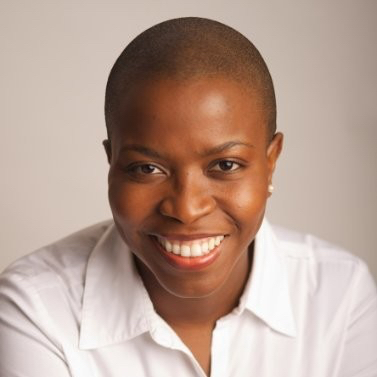

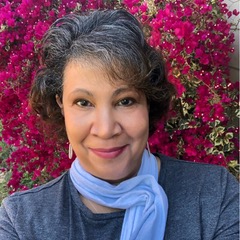

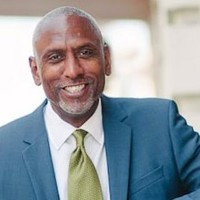







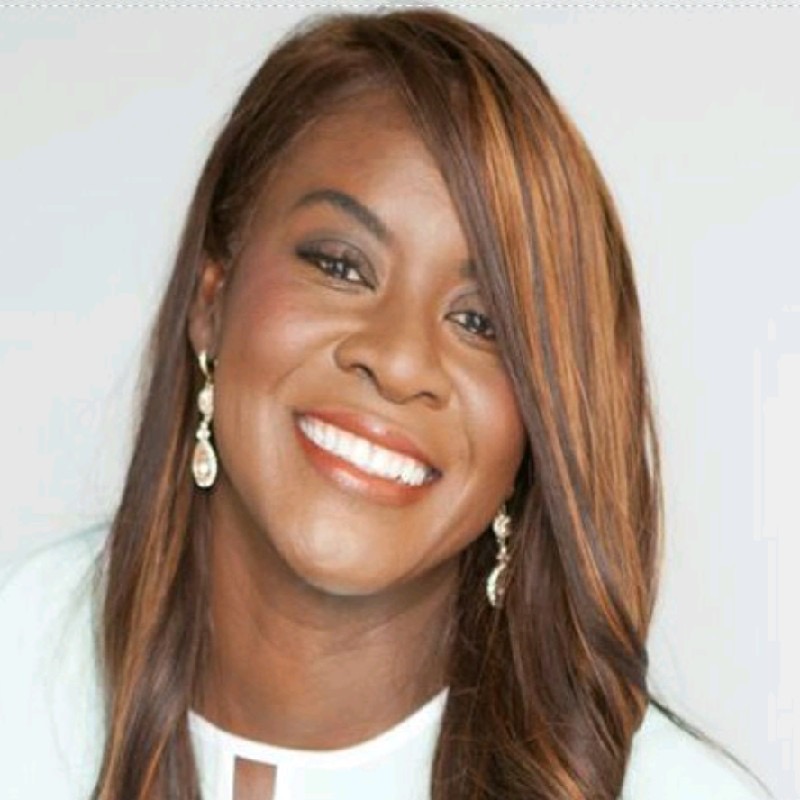
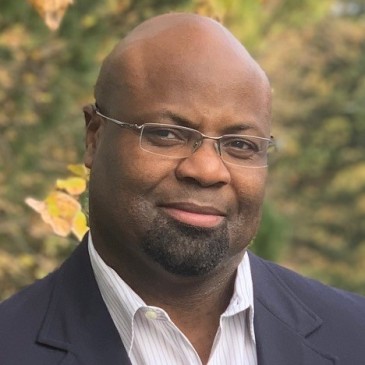
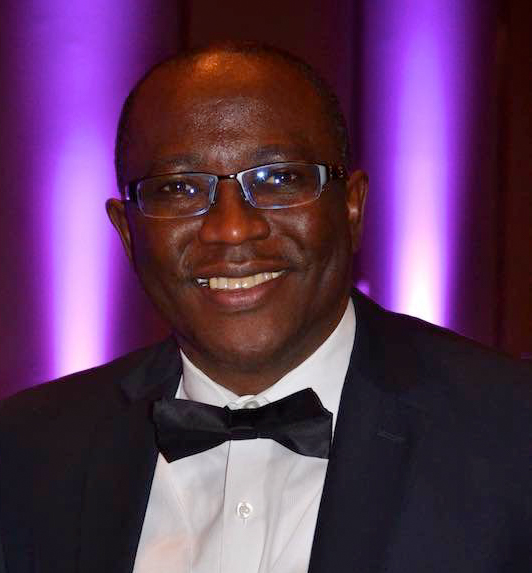

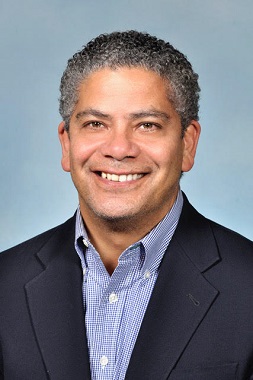

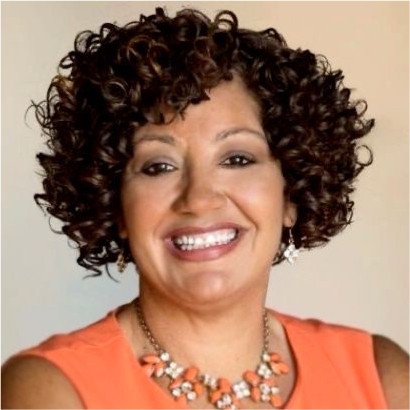



Recent Client Testimonials
Featured Searches
Browse our open engagements
Ready to launch a new search?
We believe that all employers and their leaders, should be reflective of the communities in which they serve.
